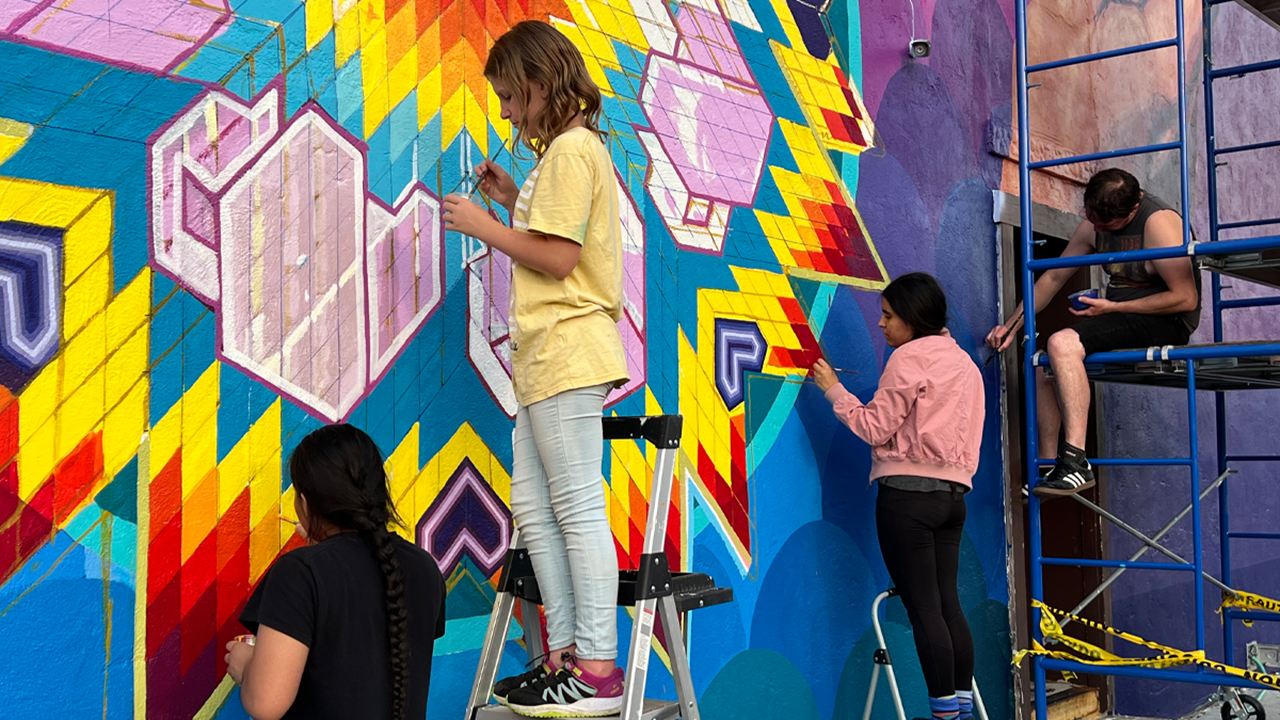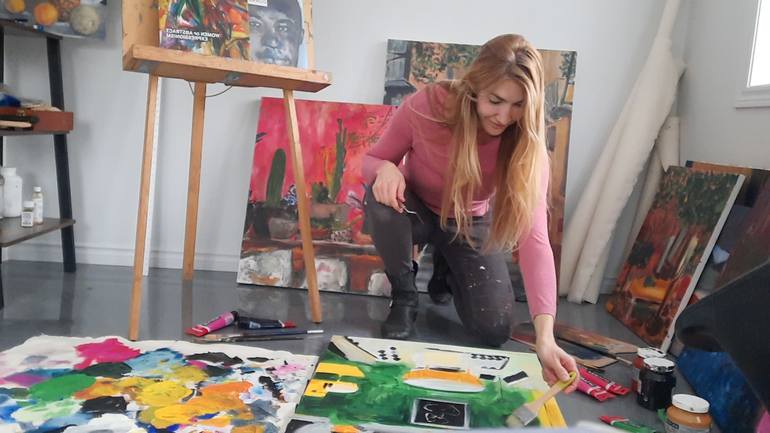Photo-Based Art and Environmental Themes: A Creative Journey
In the ever-evolving world of photography, the intersection of photo-based art and environmental themes offers a profound opportunity for professional photographers to explore new dimensions of creativity. As photographers, we often seek to capture the essence of our surroundings, and what better way to do so than by intertwining our art with the pressing environmental issues of our time?
Environmental themes in photography are not just about capturing beautiful landscapes or wildlife. They are about telling a story, conveying a message, and inspiring change. By integrating these themes into your photo-based art, you not only enhance the aesthetic value of your work but also contribute to a larger narrative that can educate and motivate your audience.

The Importance of Environmental Themes in Art
Environmental themes have become increasingly significant in the realm of art, particularly in photography. With the growing awareness of climate change and environmental degradation, artists have a responsibility to reflect these issues in their work. By doing so, they can raise awareness and provoke thought among their viewers.
Photo-based art allows photographers to blend reality with imagination, creating images that are both striking and thought-provoking. For instance, a photograph of a polluted river can be transformed into a piece of art that not only highlights the issue but also offers a vision of hope and restoration. This transformative power of art is what makes it such a compelling medium for environmental advocacy.
Techniques for Incorporating Environmental Themes
1. Use of Natural Elements
Incorporating natural elements into your photography can enhance the connection between your art and the environment. Whether it's using leaves, water, or sunlight as part of your composition, these elements can add depth and meaning to your work. Photographers can experiment with different textures and lighting to create unique effects that highlight the beauty of nature.
2. Storytelling Through Imagery
Storytelling is a powerful tool in photography. By weaving a narrative into your images, you can engage your audience on a deeper level. Consider creating a series of photographs that tell a story about a particular environmental issue, such as deforestation or ocean pollution. Each image can represent a different chapter in the story, guiding viewers through a journey of awareness and understanding.
3. Digital Manipulation
Digital manipulation is another technique that photographers can use to incorporate environmental themes into their art. By altering colors, adding elements, or blending multiple images, you can create surreal and impactful pieces that challenge perceptions and evoke emotion. However, it's important to use this technique ethically and responsibly, ensuring that your art remains true to its purpose.
Challenges and Opportunities
While integrating environmental themes into photo-based art presents many opportunities, it also comes with its own set of challenges. One of the main challenges is ensuring that your message is clear and impactful without being overly preachy or didactic. Striking the right balance between art and advocacy is crucial in maintaining the integrity of your work.
Another challenge is reaching a wider audience. With the saturation of digital imagery in today's world, it can be difficult to stand out and have your voice heard. However, this also presents an opportunity to leverage social media and online platforms to share your work and connect with like-minded individuals. By using relevant hashtags and engaging with communities that share your passion for the environment, you can expand your reach and influence.
For more insights on how to effectively promote your photo-based art, you can explore this [resource](https://photo4art.com/blogs/our-all-posts/hashtags-for-photo-based-painting-promotion).
Inspiration from Pioneers
Throughout history, many artists have paved the way for incorporating environmental themes into their work. From Ansel Adams' iconic black-and-white landscapes that highlighted the beauty of the American wilderness to contemporary photographers who use their art to advocate for climate action, there is no shortage of inspiration to draw from.
One such example is the [Photography at MoMA](https://time.com/4110250/photography-at-moma-has-photo-based-art-become-too-dominant/) exhibition, which showcases a diverse range of photo-based art that explores environmental and social themes. By studying the work of these pioneers, you can gain valuable insights into how to effectively convey your message through your art.
Connecting with Your Audience
Ultimately, the success of incorporating environmental themes into your photo-based art lies in your ability to connect with your audience. By creating work that resonates on an emotional level, you can inspire action and create a lasting impact. Whether it's through exhibitions, online galleries, or social media, finding the right platform to share your work is key.
For photographers looking to explore new avenues for showcasing their art, [Radius Studio](https://www.radiusstudio.org/item/intro-to-painting-from-the-photograph-march-29th-april-5th/) offers workshops and exhibitions that focus on photo-based painting and environmental themes.
Conclusion
In conclusion, the integration of photo-based art and environmental themes is a powerful and meaningful way for professional photographers to make an impact. By harnessing the power of storytelling, digital manipulation, and natural elements, you can create art that not only captivates but also educates and inspires. As you embark on this creative journey, remember that your art has the potential to change perceptions and drive positive change in the world.
For further exploration of photo-based art techniques, check out this [guide](https://photo4art.com/blogs/our-all-posts/photo-based-painting-for-interior-decor) on combining different artistic elements in your work.

FAQs
What is photo-based art?
Photo-based art is a form of artistic expression that uses photographs as the primary medium or inspiration. It often involves manipulating or enhancing images to create new artistic interpretations.
How can I incorporate environmental themes into my photography?
Incorporating environmental themes can be achieved by focusing on subjects related to nature, using natural elements in your compositions, and telling stories about environmental issues through your images.
Why is it important for photographers to address environmental themes?
Addressing environmental themes is important because it raises awareness about critical issues facing our planet. As visual storytellers, photographers have the power to inspire change and encourage viewers to take action in support of environmental conservation.

